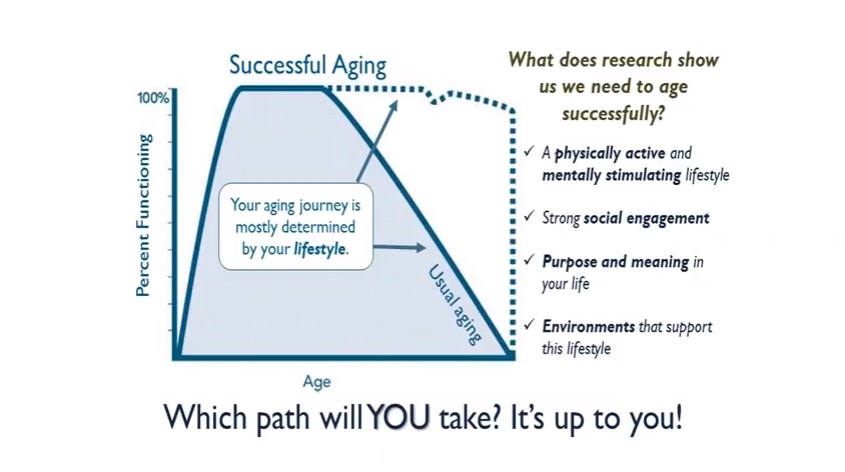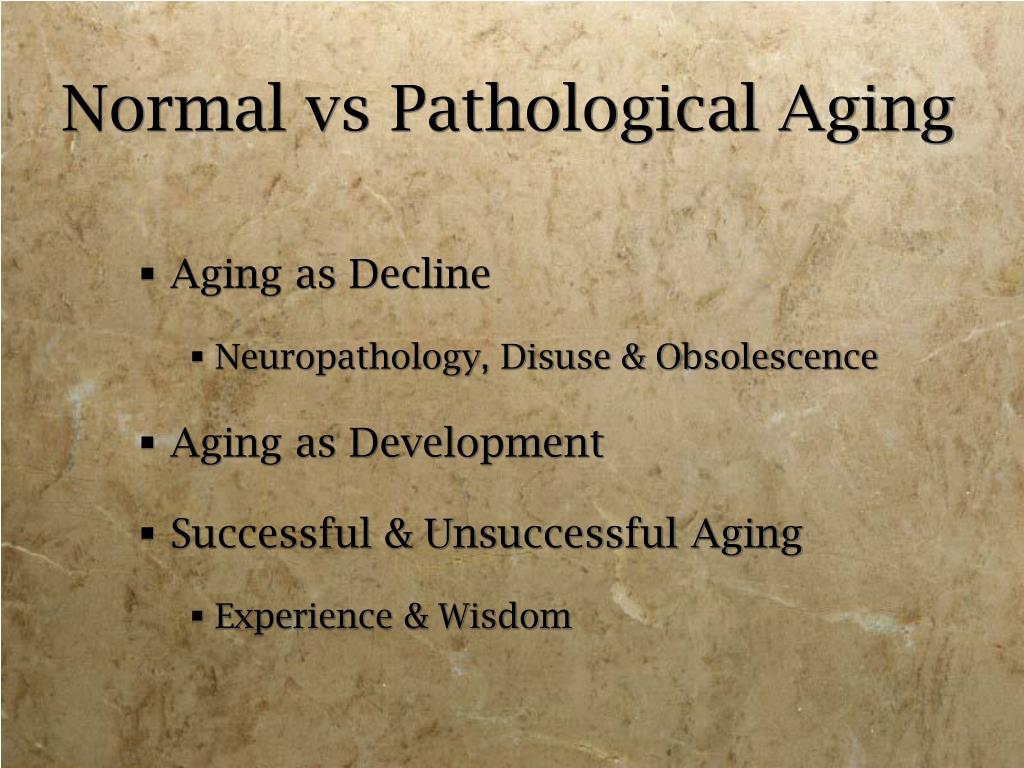
in old age, the stereotypes of aging act on the interpretation of this stage of life.aging stereotypes can influence the stereotype of aging of the self in a non-conscious level.aging stereotypes arise in childhood and are reinforced during adult life,.The development and operationalization of self-stereotypes about aging have identifiable characteristics: Scholars have identified that self-perception may reflect others' perceptions of self, so aging stereotypes would be created and incorporated internally throughout life and would contribute to the formation of self-perception about aging.

One of the assumptions of these previous researches is that positive and / or negative attitudes about self are internalized and can be part of self. For instance, Rowe and Kahn criticized the tendency of researchers to consider only objective markers of physical health and to disregard the subjective perception of the elderly. Many studies on perception of old age emerged from critiques regarding previous researches. The aim is briefly outline the conceptual focus regarding prevalent research questions, main themes and variables that correlate with the subjective perception of old age. This is the focus of the present reflection. 6 We also highlight researches focused on the subjective perception of the elderly in relation to their aging. 3, 4 There are three main explanatory models on successful old age: the Rowe and Kahn model 5 The Socio-Emotional Selectivity1 and the Corrective and Preventive Proactivity. 1, 2ĭespite researchers' efforts to develop models for successful aging, there is still no academic consensus on the definition of the term. In this article we gave special attention using PEI and EAM, in neuropsychological rehabilitation programs directed to Alzheimer's disease, focusing the improvement of residual functions and aiming the reduction of the impact that this disease brings to the quality of life.Īlzheimer disease Aging Dementia Cognitive functions Modificabilidad Rehabilitation.Historically, there are three basic patterns to understand old age: pathological aging, involving the predominance of medical pathologies the normal aging, indicating the functioning without biological and mental pathologies and without disabilities and the successful aging, invoking a higher than expected aging pattern in a given context. Besides the current pharmacological approach, alternative therapies, like neuropsychological rehabilitation, are in current use and contributes in a great amount to the improvement of cognitive and behavioral functions.

This disease affects brain function, primarily memory, and also speech, executive functions, praxias and gnosias. Epidemiological studies show that elderly people with mild cognitive deficts are at greater risk of developing Alzheimer's disease. Actually we are concerned that a successful aging is in close relationship with the prevention of diseases, and maintenance of physical and cognitive activities. A distinction is made between normal and pathological aging. This article suggests that the aging process has unique and distinct features. The aging, the Alzheimer's disease and the contributions of the Instrumental Enrichment Programs.


 0 kommentar(er)
0 kommentar(er)
